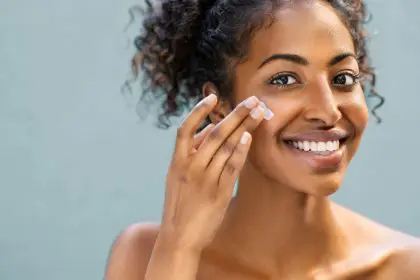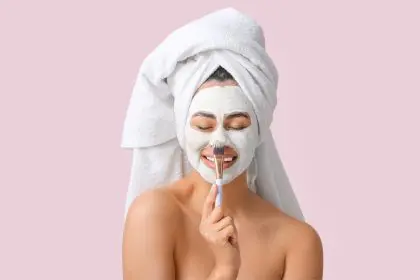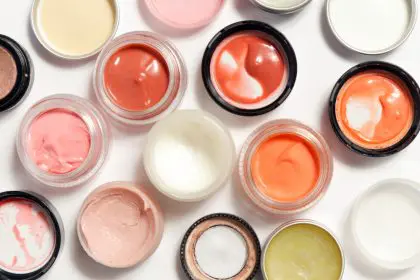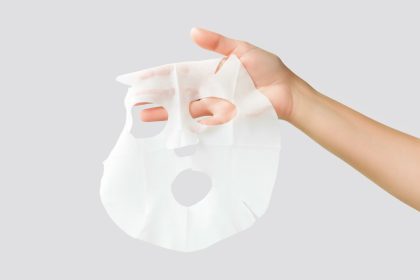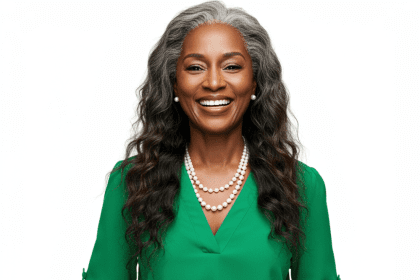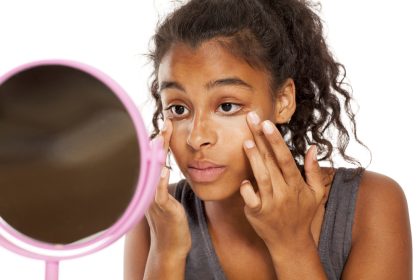When medical professionals began noticing twenty-somethings requesting Botox and fillers, they witnessed something unprecedented in aesthetic medicine. The American Society of Plastic Surgeons reports a staggering 73% increase in neuromodulator treatments from 2019 to 2024, with an unexpected surge among those under 30.
Inside the prejuvenation revolution
A new term has emerged in aesthetic circles: “prejuvenation.” Unlike previous generations who sought treatments to reverse aging signs, Gen Z approaches cosmetic procedures as preventive care. Even more fascinating, Botox treatments among teenagers increased 9% between 2022 and 2023, signaling a fundamental shift in attitudes toward aesthetic enhancement.
The digital mirror effect
Social media platforms have transformed how young people view themselves. Instagram and TikTok create a constant stream of filtered, enhanced images that blur the line between reality and digital perfection. Dr. Usha Rajagopal, a board-certified plastic surgeon, notes how these platforms have fundamentally altered beauty expectations among younger generations.
When friends become influence multipliers
The decision to pursue aesthetic treatments often begins within social circles. Emma McCormack, 29, shares how witnessing friends’ positive experiences with Botox at 25 influenced her own choice to start treatments. Similarly, Ali Pereless, 28, decided to explore lip fillers after seeing both successes and cautionary tales on social media.
Understanding the Ozempic connection
A fascinating parallel trend emerges with the rise of GLP-1 medications like Ozempic. As young people experience significant weight changes, many seek procedures to address resulting facial volume loss. This phenomenon, dubbed “Ozempic face” by Dr. Morgan Rabach, has created new demands for aesthetic treatments.
The science of symmetry
Facial balancing represents a sophisticated approach gaining popularity among younger patients. Rather than targeting specific “problem areas,” this technique focuses on overall facial harmony. Medical professionals note that younger patients often seek subtle enhancements that maintain natural-looking results.
Making informed choices
The accessibility of aesthetic treatments brings both opportunities and responsibilities. Dr. Rabach emphasizes the importance of thorough research and selecting board-certified professionals. Young people increasingly approach these decisions with sophisticated understanding, often researching procedures extensively before committing.
The psychology behind early intervention
Medical professionals observe fascinating psychological factors driving this trend. Many young people view aesthetic treatments as part of overall wellness routines, similar to exercise or skincare. This perspective marks a significant shift from viewing such procedures as purely cosmetic.
Digital influence and reality
While social media catalyzes many aesthetic trends, it also creates complex dynamics around beauty standards. Young people navigate between filtered perfection and authentic representation, often seeking treatments that enhance rather than completely alter their appearance.
The role of technology
Advanced imaging technology allows young people to preview potential results before committing to procedures. This technological integration appeals to a generation comfortable with digital tools, making aesthetic treatments feel more accessible and less intimidating.
Cultural shifts in beauty standards
The acceptance of aesthetic treatments among Gen Z reflects broader cultural changes. Unlike previous generations who might have kept procedures private, young people often openly discuss their experiences, contributing to normalized conversations about enhancement.
The education gap
Medical professionals note the importance of proper education about aesthetic procedures. While young people show increasing interest, many benefit from learning about long-term implications and maintenance requirements before starting treatments.
Financial considerations
The investment in early aesthetic treatments raises interesting economic questions. Young people often prioritize these procedures within their budgets, viewing them as investments in personal confidence and professional presentation.
The role of preventive care
The concept of preventing rather than correcting aesthetic concerns represents a paradigm shift in cosmetic medicine. This approach aligns with broader wellness trends among younger generations who take proactive stances toward health and appearance.
Professional implications
Young professionals increasingly view aesthetic treatments as part of career development. Many report feeling pressure to maintain a youthful, refreshed appearance in competitive work environments, particularly in industries with high digital visibility.
The future of aesthetics
As Gen Z continues influencing beauty trends, medical professionals anticipate evolving treatment approaches. The focus shifts toward maintaining natural features rather than dramatic transformations, with emphasis on subtle, sustainable results.
Balancing authenticity and enhancement
Young people navigate complex decisions about authenticity in an era of widespread enhancement. Many seek treatments that align with their natural features while providing desired improvements.
The role of mental health
Medical professionals emphasize the importance of understanding psychological motivations behind aesthetic choices. Many incorporate mental health considerations into consultations, ensuring patients have realistic expectations and healthy motivations.
Looking ahead
The aesthetic industry continues evolving to meet changing demands and expectations. Innovation in treatment options and delivery methods reflects growing understanding of younger patients’ preferences and concerns.
This generational shift in attitudes toward aesthetic treatments represents more than a trend – it signals fundamental changes in how society approaches beauty and aging. As Gen Z continues influencing these conversations, the future of aesthetic medicine likely holds further surprises and innovations.
The phenomenon raises important questions about beauty standards, self-expression, and the role of medical aesthetics in modern society. While some express concern about starting treatments early, others see it as empowering young people to make informed choices about their appearance. As this cultural shift continues, medical professionals emphasize the importance of balanced, well-researched decisions in pursuing aesthetic treatments.


